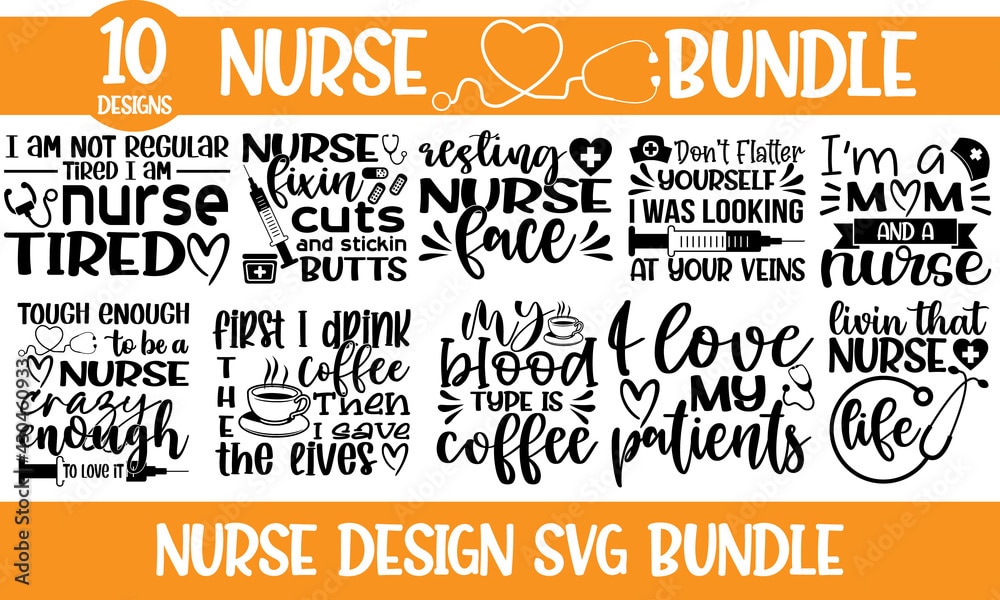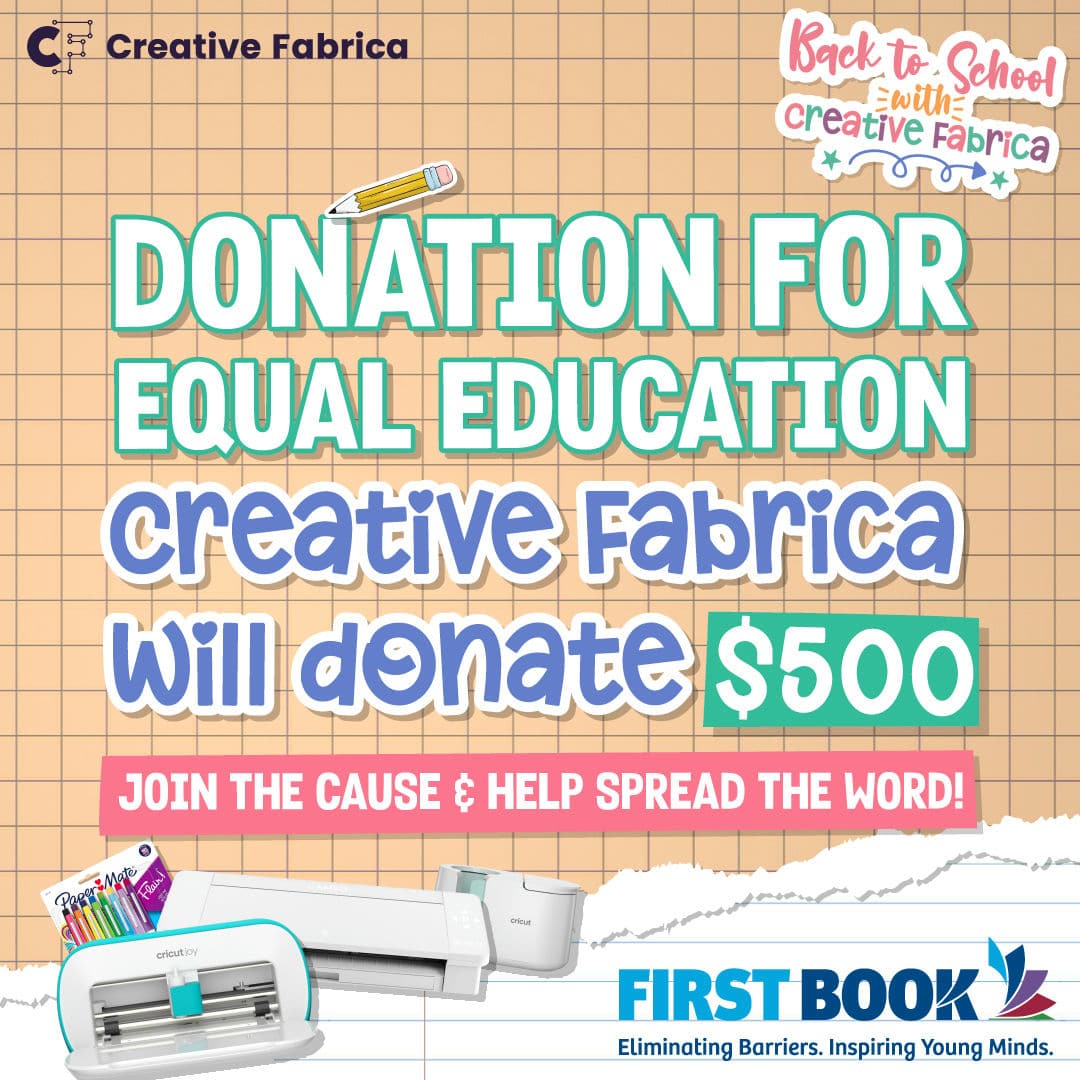Introduction: Understanding the Potential of Monetizing Your Cricut Skills
In recent years, the Cricut machine has taken the crafting world by storm. This innovative tool has revolutionized the way people create and design various products, from personalized home decor to custom clothing and accessories. If you are someone who has honed their skills with the Cricut machine, you may be wondering how you can turn your passion into a profitable venture. This blog post aims to provide you with a comprehensive guide on how to monetize your Cricut skills and achieve financial success.
Monetizing your Cricut skills is not only a great way to earn extra income, but it also allows you to turn your hobby into a full-fledged business. Whether you are a stay-at-home parent looking for a flexible source of income or a creative individual seeking to showcase your talent, the Cricut machine offers endless possibilities for entrepreneurship. By leveraging your skills and creativity, you can tap into a market that is hungry for unique and personalized products.
Throughout this blog post, we will explore the different ways you can monetize your Cricut skills, from selling physical products to offering services. We will also discuss the importance of finding your niche, setting up your business, marketing your products and services, pricing your work, maximizing your earnings, and building your brand. By the end of this post, you will have a comprehensive understanding of how to make the most of your Cricut skills and achieve financial success.
The Cricut Revolution: How it Has Changed the Crafting Industry
Before we delve into the various ways you can monetize your Cricut skills, it is important to understand the impact this revolutionary machine has had on the crafting industry. The Cricut machine was first introduced in 2006 and quickly gained popularity among crafters and designers. It is a cutting machine that uses computer-controlled technology to precisely cut a wide range of materials, including paper, vinyl, fabric, and more.
The Cricut machine has completely transformed the way people create and design. It has made intricate and precise cutting accessible to everyone, regardless of their artistic abilities. With the Cricut machine, you can easily create custom designs, personalized gifts, and one-of-a-kind products. This has opened up a world of possibilities for crafters and designers, allowing them to bring their visions to life with ease.
One of the biggest advantages of using the Cricut machine is its versatility. It can be used for a wide range of applications, from scrapbooking and card making to home decor and fashion design. The machine comes with a variety of tools and accessories that allow you to cut, draw, and score different materials. This versatility has made the Cricut machine a must-have tool for crafters and designers, and it has become an integral part of the crafting industry.
The rise of the Cricut machine has also created new opportunities for entrepreneurs. With the ability to create custom and personalized products, individuals can now start their own businesses and cater to a niche market. Whether you choose to sell physical products or offer services, the Cricut machine provides you with the tools and resources you need to turn your passion into a profitable venture. The demand for unique and personalized products is constantly growing, and by leveraging your Cricut skills, you can tap into this lucrative market.
Different Ways to Monetize Your Cricut Skills: From Selling Products to Offering Services
Now that we understand the impact of the Cricut machine on the crafting industry, let’s explore the different ways you can monetize your Cricut skills. There are two main avenues you can pursue: selling physical products and offering services. Each option has its own pros and cons, and it is important to consider your strengths, interests, and target market when deciding which path to take.
Selling physical products is a popular choice for many Cricut enthusiasts. With the ability to create custom designs and personalized products, you can cater to a niche market and offer unique items that cannot be found in stores. Some popular products you can create and sell include decals, t-shirts, mugs, home decor, and accessories. The possibilities are endless, and you can let your creativity run wild.
One of the advantages of selling physical products is that you can reach a wide audience. With the rise of online marketplaces and social media platforms, it has never been easier to showcase and sell your products to customers all over the world. You can set up an online store, create a social media presence, and leverage digital marketing strategies to reach your target audience. However, it is important to note that selling physical products requires inventory management, shipping logistics, and customer service, which can be time-consuming and challenging.
Offering services is another viable option for monetizing your Cricut skills. With the ability to create custom designs and personalized products, you can offer your services to individuals and businesses who are looking for unique and eye-catching designs. Some services you can offer include custom designs, event decorations, party favors, and personalized gifts. By offering your services, you can tap into a market that is hungry for creativity and customization.
One of the advantages of offering services is that it allows you to showcase your skills and creativity on a more personal level. You can work closely with clients to bring their visions to life and create one-of-a-kind designs. This can be a rewarding experience and can lead to long-term relationships with clients. However, it is important to note that offering services requires good communication skills, time management, and the ability to work under pressure.
When deciding whether to sell physical products or offer services, it is important to consider your strengths, interests, and target market. If you enjoy creating and designing products, and have the resources to manage inventory and shipping, selling physical products may be the right choice for you. On the other hand, if you enjoy working closely with clients and bringing their visions to life, offering services may be a better fit. Ultimately, the choice is yours, and it is important to choose a path that aligns with your skills, interests, and goals.
Finding Your Niche: Identifying Your Strengths and Interests
Once you have decided whether to sell physical products or offer services, the next step is to find your niche. Finding your niche is crucial for success in the Cricut community, as it allows you to stand out from the competition and cater to a specific target market. By identifying your strengths and interests, you can carve out a unique space for yourself and create products or offer services that resonate with your audience.
When it comes to finding your niche, it is important to consider your skills and expertise. What are you particularly good at? What sets you apart from others? For example, if you have a knack for typography and lettering, you may want to focus on creating custom designs for signage, invitations, and home decor. If you have a passion for fashion, you may want to specialize in creating custom clothing and accessories. By focusing on your strengths, you can create products or offer services that showcase your unique talents.
In addition to your skills, it is also important to consider your interests and passions. What do you enjoy doing in your free time? What are your hobbies and interests? For example, if you are a pet lover, you may want to specialize in creating custom pet accessories and personalized gifts for pet owners. If you are a sports enthusiast, you may want to focus on creating custom team apparel and accessories. By tapping into your interests and passions, you can create products or offer services that resonate with your target audience.
Examples of niches in the Cricut community include:
1. Wedding and event decor: This niche focuses on creating custom designs and decorations for weddings and other special events. From personalized invitations and signage to table centerpieces and party favors, this niche allows you to tap into the lucrative wedding industry and cater to couples who are looking for unique and personalized touches for their big day.
2. Baby and children’s products: This niche focuses on creating custom designs and products for babies and children. From personalized onesies and t-shirts to nursery decor and party supplies, this niche allows you to tap into the growing market of parents who are looking for unique and personalized products for their little ones.
3. Home decor: This niche focuses on creating custom designs and products for the home. From personalized wall art and throw pillows to custom doormats and kitchen accessories, this niche allows you to tap into the growing market of homeowners who are looking for unique and personalized touches for their living spaces.
By finding your niche, you can position yourself as an expert in a specific area and attract customers who are looking for your unique products or services. This will not only help you stand out from the competition but also allow you to charge premium prices for your work.
Setting Up Your Business: Tips for Starting Your Own Cricut-Based Enterprise
Once you have found your niche and identified your strengths and interests, the next step is to set up your business. Setting up your business involves several key steps, including legal considerations, acquiring the necessary equipment and supplies, creating a business plan, and managing your time and resources effectively.
First and foremost, it is important to consider the legal aspects of starting your own business. Depending on your location, you may need to register your business with the appropriate government authorities and obtain any necessary licenses or permits. It is also important to familiarize yourself with the tax regulations and requirements for small businesses in your area. Consulting with a lawyer or accountant can help ensure that you are compliant with all legal and tax obligations.
In terms of equipment and supplies, the Cricut machine is the most essential tool you will need. Depending on your niche and the products or services you plan to offer, you may also need additional tools and accessories, such as heat presses, sewing machines, or specialized materials. It is important to invest in high-quality equipment and supplies to ensure the best results and customer satisfaction.
Creating a business plan is another crucial step in setting up your Cricut-based enterprise. A business plan serves as a roadmap for your business and outlines your goals, target market, marketing strategies, financial projections, and more. It helps you stay focused and organized, and provides a clear direction for your business. There are many resources available online that can guide you through the process of creating a business plan.
Managing your time and resources effectively is also essential for the success of your Cricut-based enterprise. As a small business owner, you will be responsible for various tasks, including designing, production, marketing, customer service, and more. It is important to prioritize your tasks, set realistic deadlines, and delegate or outsource certain tasks when necessary. Time management tools and techniques can help you stay organized and maximize your productivity.
By setting up your business properly and taking care of the legal, equipment, planning, and time management aspects, you can lay a solid foundation for your Cricut-based enterprise and set yourself up for success.
Marketing Your Products and Services: Strategies for Reaching Your Target Audience
Once you have set up your business, the next step is to market your products and services to your target audience. Marketing is a crucial aspect of any business, as it helps you reach potential customers, build brand awareness, and generate sales. In the digital age, there are numerous marketing strategies and channels you can leverage to promote your Cricut-based enterprise.
The first step in marketing your business is to identify your target audience. Who are your ideal customers? What are their demographics, interests, and preferences? By understanding your target audience, you can tailor your marketing efforts to resonate with them and attract their attention. Conducting market research and creating buyer personas can help you gain insights into your target audience and develop effective marketing strategies.
One of the most effective marketing strategies for Cricut-based businesses is social media marketing. Social media platforms, such as Instagram, Facebook, and Pinterest, provide a visual and interactive platform for showcasing your products and services. By creating a strong social media presence, you can engage with your target audience, build brand awareness, and drive traffic to your website or online store. It is important to create high-quality and visually appealing content that showcases your products or services in the best possible light.
Email marketing is another powerful tool for reaching your target audience and nurturing relationships with your customers. By building an email list and sending regular newsletters or promotional emails, you can keep your audience informed about new products, special offers, and upcoming events. It is important to provide value to your subscribers and avoid spamming their inboxes. Personalization and segmentation can help you deliver targeted and relevant content to your subscribers.
Collaborations and partnerships can also be a valuable marketing strategy for Cricut-based businesses. By collaborating with influencers, bloggers, or other businesses in your niche, you can tap into their audience and gain exposure for your products or services. Collaborations can take the form of sponsored posts, giveaways, or joint projects. It is important to choose collaborators who align with your brand values and have a similar target audience.
In addition to social media marketing, email marketing, and collaborations, there are many other marketing strategies you can explore, such as search engine optimization (SEO), content marketing, paid advertising, and more. It is important to experiment with different strategies and channels to find what works best for your business. Tracking and analyzing your marketing efforts can help you identify what is working and what needs improvement.
Pricing Your Work: How to Determine the Right Price for Your Products and Services
Pricing your work is a crucial aspect of running a successful Cricut-based business. Setting the right price for your products or services ensures that you are covering your costs, making a profit, and remaining competitive in the market. However, pricing can be a challenging task, as it involves considering various factors and finding the right balance between profitability and customer satisfaction.
When determining the right price for your products or services, it is important to consider your costs. This includes the cost of materials, equipment, supplies, labor, overhead expenses, and any other costs associated with running your business. It is important to accurately calculate your costs and ensure that your prices cover these expenses. Failing to do so can result in financial losses and unsustainable business operations.
In addition to your costs, it is important to consider the value you are providing to your customers. What sets your products or services apart from the competition? What is the perceived value of your offerings? By understanding the value you are providing, you can justify higher prices and position yourself as a premium brand. However, it is important to strike a balance between value and affordability, as customers are often price-sensitive.
There are different pricing models you can consider when determining the right price for





